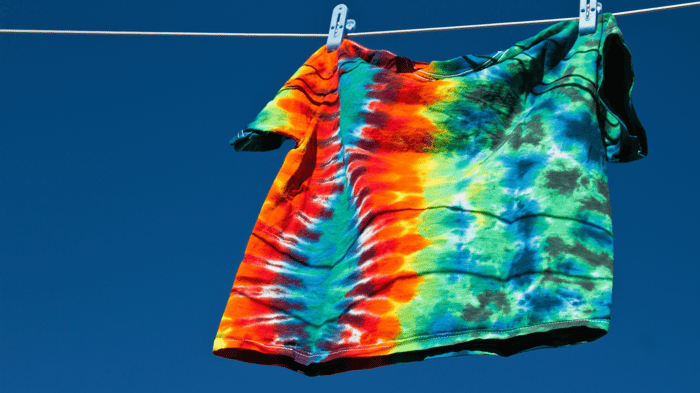
When I am feeling trapped in my home, I have a tried-and-true habit that calms my jittery nerves and cheers me up: I pull on my shoes, grab my binoculars and go birding.
Although it’s always a favorite activity of mine, birding is a particularly optimistic hobby right now. The birds in my neighborhood are carrying on their lives exactly how they usually might, and going outside to immerse myself in their activity is soothing to my restless soul.
It's a busy season for them: many species are migrating from their wintering grounds and working hard to attract mates, defend their territory and build a nest. Living vicariously through my avian neighbors distracts me from my own troubles and gives me the sense that we will all get through this difficult time; life will go on.
Because birding is a key tool in my journey to be my most vivid self, I’m excited to share my hobby with you!

First Level: Noticing the Birds
In a recent conversation with my mom, I recommended that she try birding as a means of getting outside--and she told me there were no birds in our yard to see! Now, I’ve spent plenty of time at her house, and I know that there are plenty of birds, especially in spring. And so the first level of birding became clear: notice the birds!
Go for a walk around your neighborhood, or sit on your back deck, and simply try to count the birds that you see and hear. You’ll be surprised by how many and how diverse they are. If you lose count while watching an interesting behavior or listening to a beautiful song, that’s good! You’re noticing, and learning about, the birds.
If you stay at this level and aren’t curious about identifying individual species, that’s alright! This is a great place to be: simply taking time to notice the world around us and interact on more than a passing level does wonders for mental clarity and creativity. But if you’d like to go deeper with your birding, scroll on down to the next section.
Second Level: Identification
Learning bird identification can be as simple or as difficult of a task as you choose. At its simplest, you may identify a few birds who catch your eye or frequently visit your yard. On the other end of the spectrum, you could spend days holed up with a field guide memorizing duck markings.
Regardless of how far you take identification, the first tool you’ll want is a good guide. Merlin, from the Cornell Lab of Ornithology, is my favorite app: it includes a helpful guide to each species, a questionnaire to help you identify birds you saw and even a photo-identification tool.
Recommended Bird Guide Books
I also recommend a print guide to complement your app. Physical guides are much easier to use, and are helpful for comparing species. I use National Geographic’s Field Guide to the Birds of North America, which covers the whole continent, though many birders I know prefer Sibley’s region-specific Sibley East and Sibley West guides.

Gearing Up
Birder essential number one: binoculars! Birds are small and won’t usually let you get too close, so having a high-quality set of binoculars will revolutionize your birding experience. For beginners I recommend Nature DX 8x42 binoculars. These have an incredibly clear image for the size and price, and the 8x magnification is great for someone learning how to find birds through binoculars. To keep your image clear be sure to occasionally clean your lenses, and consider upgrading your strap to a binocular harness, which is much easier on your neck!
If you already have a camera with a long lens, that can also work well as an optical magnifier. Binoculars are lighter and faster to use, but when I first started out I used my Nikon D3500 with a 70-300mm lens to see and take pictures of birds. I was able to learn much more quickly using my Merlin app and field guide to identify the birds in my pictures. If you choose to bird with a camera, you may also discover a whole new hobby as a wildlife photographer!
Finally, if you live near water, fields or other wide-open space, or you want to watch for migrating hawks and eagles high in the air--in short, if you’re interested in long-distance birding--you should invest in a spotting scope. Vortex Diamondback scopes are my best-value pick; for their price range, their image clarity is unparalleled.

Third Level: Familiarity
At this point you’ve geared up, learned to identify a few birds, and are going on at least semi-regular bird walks. Enjoy the new level of familiarity with your neighborhood and its avian residents! Try walking the same route at different times of day, in different weather conditions or throughout the season and see how bird behavior changes. Get to know individual birds, such as the Anna’s hummingbird that perches on my apple tree, and the migrating flocks, like the canvasback that have been in my neighbor’s pond for the past four afternoons.
Keep track of the birds you see and hear with personal list-keeping, or try the eBird app. eBird will generate a list of likely birds for your area, which you can use to report your sightings. Your data then enters eBird’s database, which is the largest citizen science initiative of its kind. I find that contributing to science makes birding even more exciting!
Truly Homebound? Birding in Place
If you are under quarantine or are homebound due to other risk factors, you can still gain most of the benefits of birding. Check out my separate article on backyard birding for information on bird feeders, bird-friendly landscaping and backyard bird guides.
Happy birding!






